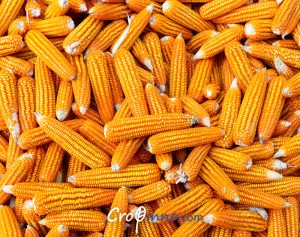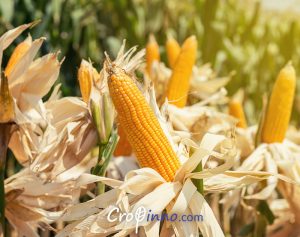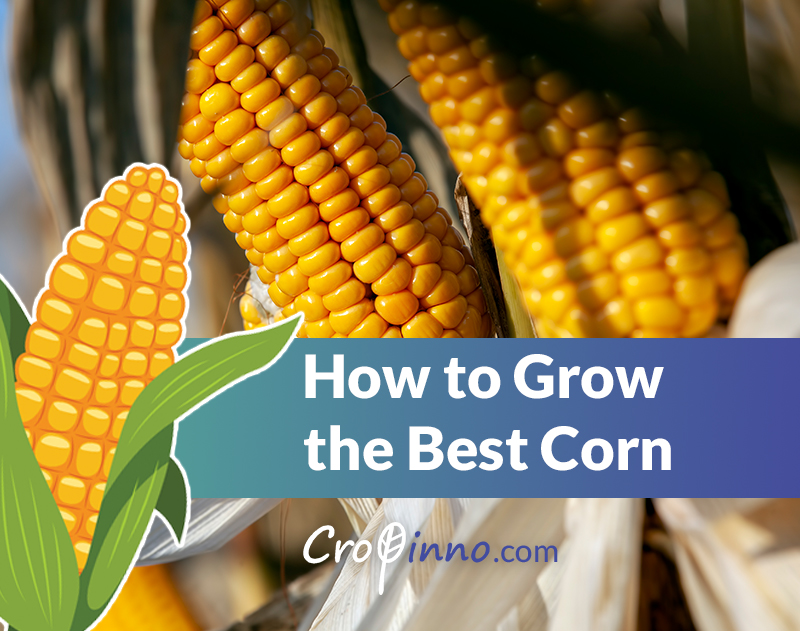Corn is one of the most adaptable commodities on the market. It is the most important feed grain in the United States, accounting for more than 95 percent of production and use in animal husbandry. Over 32,300 farmers in Canada reported growing 1.63 million hectares of corn (corn for grain, corn for silage, and sweet corn), with Eastern Canada accounting for 97 percent of harvested corn and Western Canada accounting for 3 percent. Corn is grown by many farmers as livestock feed, but it is also used to manufacture oil, sweetener, starch, alcohol, and ethanol.
While there are several types of corn, there are two broad categories: sweet corn, which is commonly consumed as a vegetable, and field corn, which is used for livestock feed and other purposes. While sweet corn is harvested when the kernels are still fresh, field corn is not harvested until the kernels have dried.
Corn, like many other grains, corn needs a few factors to succeed:
First of all, it is very important to prepare the soil in the field before planting corn seeds. Remove any weeds, large stones or other debris. Working the top 10 inches of soil before planting can soften it well enough to help germination and root growth. Send the soil out for testing if you are unsure about the quality that it may have. A soil test done by specialists will reveal information about the pH and minerals present in the soil.
Corn grows best when planted in short, rather than long, rows. It is ideal to have multiple shorter rows side by side rather than one lengthy row. Planting corn in a square pattern enables cross-pollination. Plant one variety (type) of corn in a specific area, rather than two or more, to ensure proper growth.
· Sunlight: Corn should be grown in a sunny environment. I t requires full daylight, or at least six hours of direct sunlight, each day.
· Soil: Corn thrives when the soil conditions are just right. The pH of the soil should be between 5.5 and 7. Plants will not receive the nutrients they require if the soil is excessively acidic. The perfect soil for corn crop also drains effectively when it rains, so it does not get overly damp or water-logged.
· Water: corn plants require enough but not excessive amounts of water. Plant roots can rot if the soil is too damp. Also, when the area (the soil) is too dry, the plants wilt and struggle to produce ears.
· Fertilizer: Choosing the right fertilizer based on crop needs helps ensure corn plants get the nutrients they need in every growth stage. Use up to three pounds of fertilizer per 100 square feet of planting area.
The Best Time to Grow the Best Corn
Picking the best time to plant corn depends on geographic situation and the weather conditions of an area. Corn grows best in warmer weather. Plant the seeds when the soil temperature reaches 10 degrees Celsius. The best corn crops in Ontario are usually obtained from corn planted in late April and the first half of May because the crop is able to utilize the full growing season.
Another factor to consider if you are going to grow the best corn is the amount of rain. If the circumstances are excessively moist, the seeds may rot or simply fail to germinate. Too-wet circumstances can also increase the likelihood of soil compaction, which can suffocate the plant’s roots.
Planting corn later in the season is sometimes better to planting it earlier in the season, in late April or early May. Corn germination rates and yields are typically maximum between April 20 and May 10. Waiting for the best time to plant corn allows the earth to warm up properly. It also permits the soil’s moisture levels to balance.
Corn may be planted in the fall as well as in the spring. As with spring planting, the soil temperature must decrease to at least 50 degrees before planting. Remember that if you grow in an area that gets heavy frosts early in the autumn season, you may not have enough chance to establish a fall crop.

How & When to Harvest Corn
Harvesting corn mainly depends on the variety. Sweet corn, the one we eat, is harvested at a different time than field or grain corn. Harvest sweet corn when the tips of the silk that comes up from the ears start to turn brown. In harvesting corn, 30 to 35% is ideal for the amount of dry matter. Corn harvested with a dry matter content below 30% usually has very little starch. If the content is above 35%, there may be more losses during corn storage. For the field corn, when the kernels are nearly fully dried out (less than 25% moisture), it is the best time to harvest.
An easy way to evaluate the moisture level of corn kernels is to use precision agriculture and the power of satellites to determine the moisture level of crop over the whole area. By using this technology, it is possible to analyze the corn field with an accuracy of 10x10m, which helps to manage the entire field toward a uniform growth so that the corn crop over the whole area reaches the harvest stage at the same time.
The method to harvest corn is determined on the size of the field. A combine may speed up the harvesting process if you have a vast field. A combine harvests the corn plants and threshes the kernels off the cobs. The kernels are then transported to a storage tank, while the remainder of the plants are left on the field to fertilize the soil for the next cultivation. You may choose to harvest the maize by hand in smaller areas. Cut the plants down with a sickle or pruners, then cut the cobs away. If you harvest by hand, you should also thresh by hand.

How to Store Corn
To lengthen the life of field corn, proper storage is crucial. To guarantee that the corn lasts as long as possible, get the moisture content and temperature just right. It is also important to separate and remove any damaged kernels, since these might destroy a large portion of the crop. You should also preserve the kernels from splitting or shattering during storage. To safeguard the kernels, one solution is to utilize cushioned grain bins. The storage place, whether in a silo or a grain bin, must protect the corn from high humidity, temperature extremes, and pests.


2 Responses
Good job guys 👌🏻✨
very cool